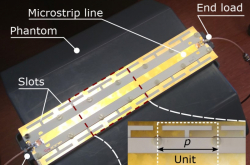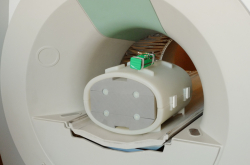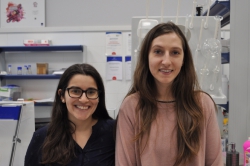Could you please tell us more about what you do?
I’ve been engaged with MRI for 47 years now. I studied at the Leningrad State University (now – St. Petersburg State University – Ed.) and successfully defended my thesis on paramagnetic systems. When I started with my research, these technologies were brand-new and nowadays they are widely used in MRI. So, it's safe to say that we worked in this field before the inception of MRI.
I have long worked side by side with my supervisor Vladimir Chizhik, who is now also my close friend and colleague. From the very beginning, we both knew that magnetic resonance imaging represents a huge milestone for medicine, science, biology, and industry. During our research, we had a Russian research team visit us a few times in Cuba and we, in turn, traveled to Russia to study the industrial applications of MRI scanners – and then, over time, switched to biology.
At that time, it was impossible to acquire an MRI machine because of the US embargo that crippled Cuba's medical sector. With an economic blockade in place, we had to design and build our own scanners. We assembled three machines and donated them to the country’s major hospitals where they were in use for around 15 years. Once the embargo was lifted, medical specialists could once again import machines from the US and Europe.
Nevertheless, I still firmly believe that we should continue to invest in our technologies. This is true not only for Cuba but Russia, too. With an explained domestic production, we will be free of any obligations.
How did you start working with ITMO?
Well, I was at a conference in Cuba where one of the guests was Pavel Belov, the current head ITMO’s School of Physics and Engineering. He expressed a strong interest in our work and then, in a few months, invited me to ITMO. Ever since 2016, I’ve been traveling to Russia to deliver lectures once or twice a year. This is a great place to work. Here I met lots of talented young scientists who may not have access to highly sophisticated equipment yet have a vision on how to transform MRI and do so with great enthusiasm and efficiency. I enjoy talking to my colleagues and students – I’d even say we’re friends – and sharing my experience with them. We both learn from each other.
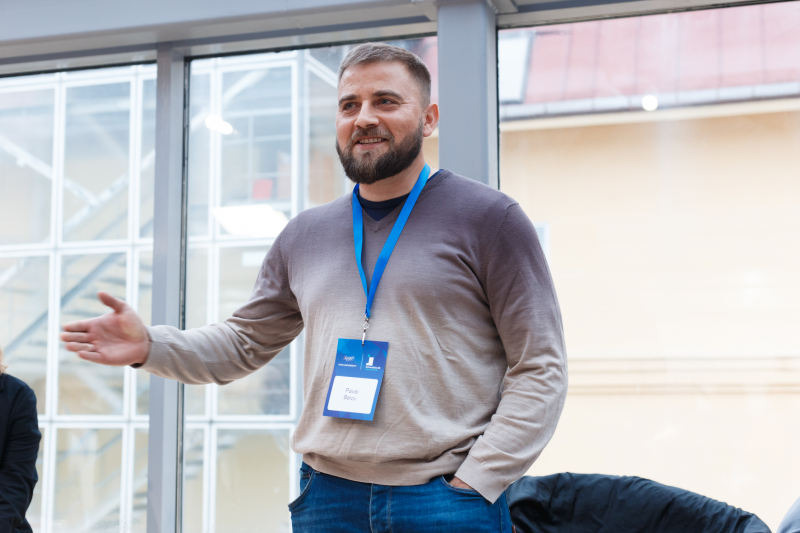
Pavel Belov. Photo by ITMO.NEWS
Are you involved in any other activities at ITMO?
We’re now discussing some plans for the future and I believe that this joint project may become a turning point for ITMO. Our work will focus on medicine and challenges that it faces today, for instance, the high cost and complexity of MRI machines. Due to that, MRI units are distributed unevenly, with some countries experiencing a shortage or even a lack of the machines in their regions (e.g. Japan has one unit per 13,000 residents, while India – one per 100,000 residents).
An insufficient amount of MRI scans provide a great challenge for many healthcare organizations considering the fact that some conditions, such as a stroke, have to be treated quickly, in a matter of hours. Medical specialists have to identify what caused the stroke in no time – be it a blood clot, a blocked artery, or a rupture in a blood vessel – and depending on the cause choose the right treatment. The only way to determine what type of stroke they may be having is to do an MRI scan. With a more compact and affordable machine, specialists could do it promptly and save more lives.
By investing in our own production, we will be able to equip more hospitals with MRI scans. The new machines could be placed in any organization, just like ultrasound scans. This will allow us to increase the number of people who can work with this equipment, improve productivity and efficiency in manufacturing, and what’s more, make our own decisions in terms of technology.
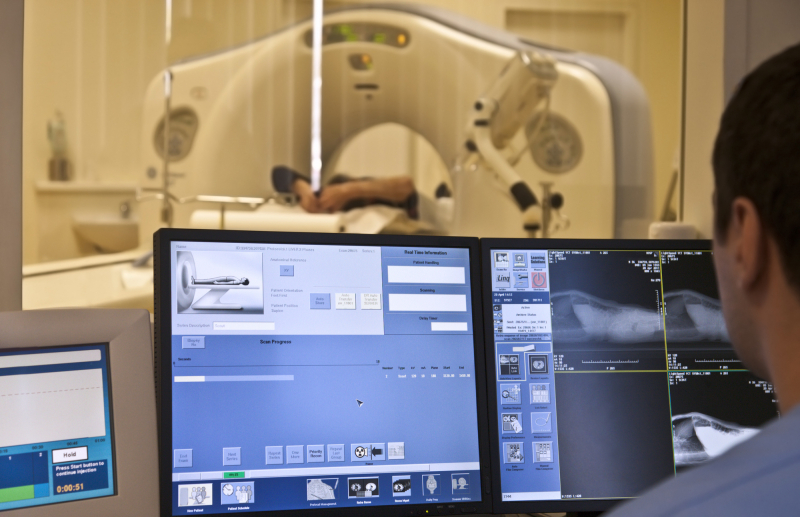
Credit: photogenica.ru
Is that what you’re currently working on?
We’re working our way to create more affordable, compact, and easy-to-use scanners that may not boast the highest resolution imaging like some other today’s devices but can still significantly increase accessibility of testing and treatment for people. That’s what we’re doing, and I think we’ve already achieved some fruitful results.
I believe that ITMO is home to one of the best laboratories in metamaterials. Although these materials are not directly connected with MRI, the university’s researchers, with their high-level competencies and impressive backgrounds in radiophysics, can help us tackle challenges in MRI, too. And I think that together we can succeed.
When do you think the new machines will appear?
It’s difficult to make robust predictions in science but I’m sure we will see this come true quite soon. We expect that the health system will resist change at first since it imposes a good deal of requirements, so we want to involve medical specialists, too, who will benefit from having access to a more convenient scan in their practice.
Even if not a technological breakthrough, the new apparatus will still represent a major social achievement. After all, people come first. MRI scanning may cost as much as 100 dollars and, as I see it, people shouldn’t pay for a health check.
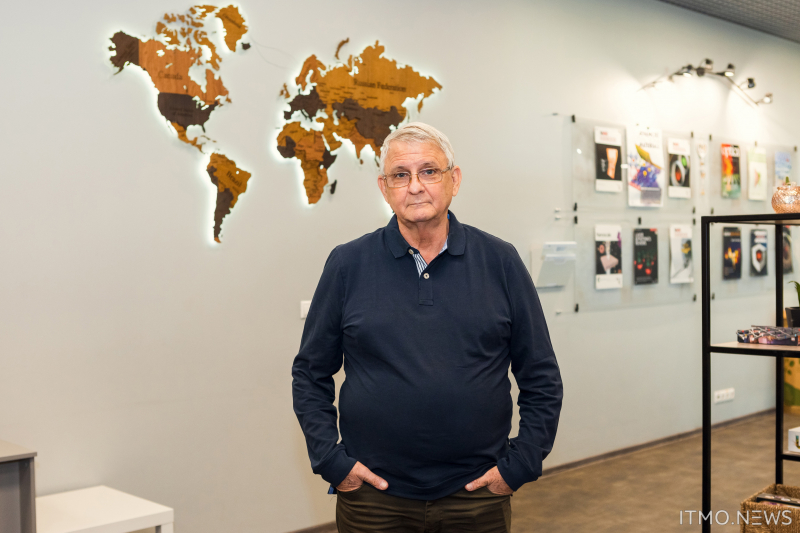
Carlos Cabal. Photo by Dmitry Grigoryev / ITMO.NEWS
What do you plan to cover during the forthcoming MRI school?
I’ll first have an introductory lecture, even with a touch of popular science, where I’ll elaborate on why we need magnetic resonance imaging, what benefits it offers, and where else we can spot this technique, besides medicine. The thing is, MRI scans have multiple industrial applications: they’re used to study minerals, foods, the structures of materials, etc. Whereas my second lecture will be all about MRI equipment: how it works and its do's and don'ts.
And finally, we will have a chance to talk about the future of MRI. There is no consensus on whether today’s advanced machines should or should not work on ultra-high magnetic fields that drastically improve image resolution. To understand the difference, we will try to produce an image using ultra-high, high, medium, and low fields.
I think that this school, by and large, is a major event for researchers involved. This is a result of their intensive work and advances in MRI. And I’m only happy to work in such a gorgeous city.
The school will become a platform for popularizing knowledge, which is especially crucial for researchers who should not only do science but also communicate their experience to others.



